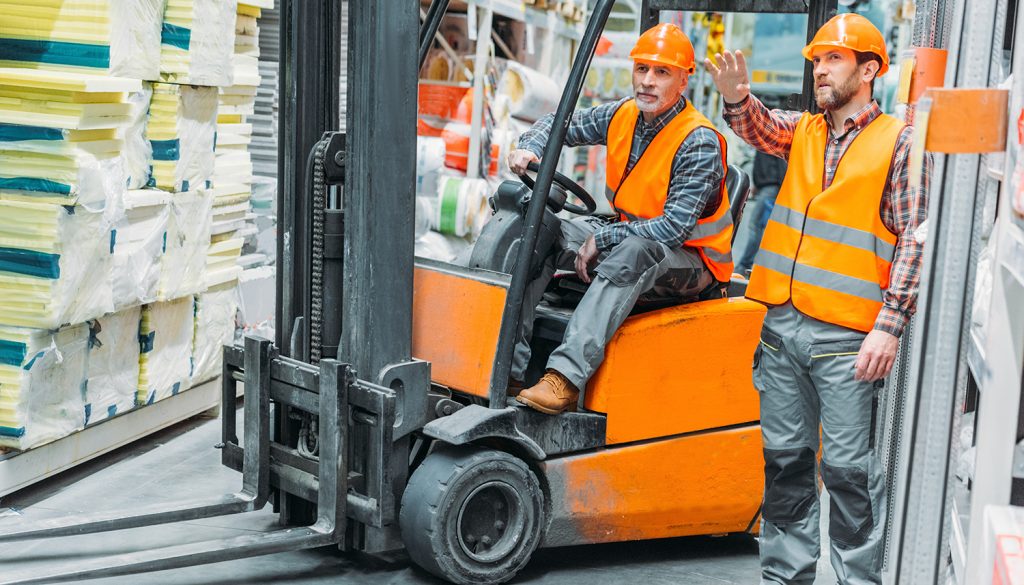During shifts, you or other employees may be required to handle machinery that could cause potential damage if not used properly. We want to cover forklift safety and some of the most common mistakes made with them. Aside from proper training, there are many factors that contribute to the safety of the operator, other workers, and property.
To start off, we want to let you know what some of the most common forklift accidents are and how you can prevent them. There are thousands of forklift accidents every year, some even resulting in death, but these can be avoided with some extra care and precaution. Keep in mind, accidents can occur within a split second if someone is not paying attention.
The first problem is workers falling off. It’s plain and simple, but entering and exiting the equipment can cause direct injury if the worker is not being careful. To help avoid this, workers should ensure they’re wearing the correct shoes for the job and take it slow when getting in or out. Watch your head on the top part of the cage and remember to get a good grip and find footholds to support yourself. After you’re in, buckle up and check your surroundings!
Another problem is the forklift overturning while a worker is operating it. Forklifts may overturn for a number of reasons, such as the operator decides to hit the gas, stop, or turn too quickly. Other environmental factors can be the ground isn’t flat or if the material being moved is offset. When speeding up, slowing down, maneuvering, or other actions, take the necessary steps to prevent problems. This includes slowing down, setting the lift in the correct position, and buckling yourself in. If the accident would occur, the best thing for you to do is to remain calm, grab the wheel, and stay seated. Trying to jump out only increases your chances of being crushed or harmed.
One more problem we want to cover, which is arguably one of the most important, is workers being hit, stuck, or crushed by the forklift or the material on it. With this, as we mentioned before, take it slow and be aware of your surroundings. The operator isn’t the only worker on the job, so there could be someone in front of you or behind you that you may not see. Know what the regulations are in your workplace and use your senses to prevent a risky move. This includes keeping your entire body in the forklift, using the horn to sound for others that may be around you, and avoiding direction where a worker may be in your line of movement. When moving materials, keep the lift down and ensure it’s a safe amount.
These problems could be decreased with some extra care and caution, during the job we’re all busy. We all have tasks and responsibilities at hand when clocked in, but you should keep in mind the safety of yourself and other workers in the environment. For more information, you can check out the official page for forklift safety on the OSHA website, or contact us with more questions. If you need training, we also have classes available!

